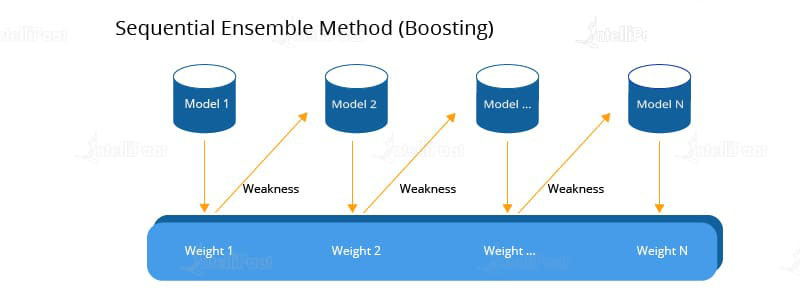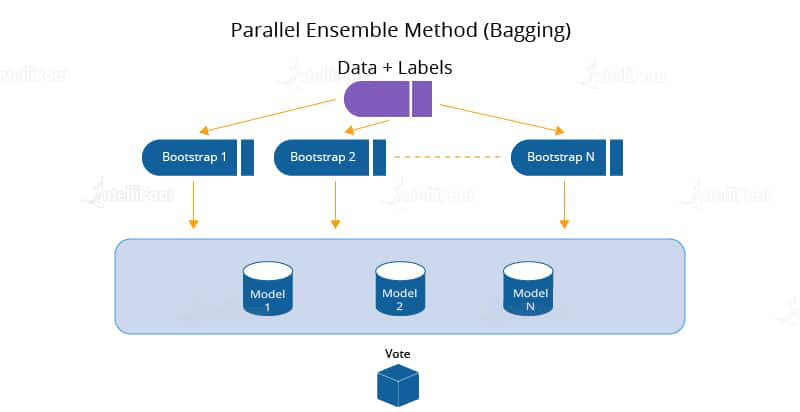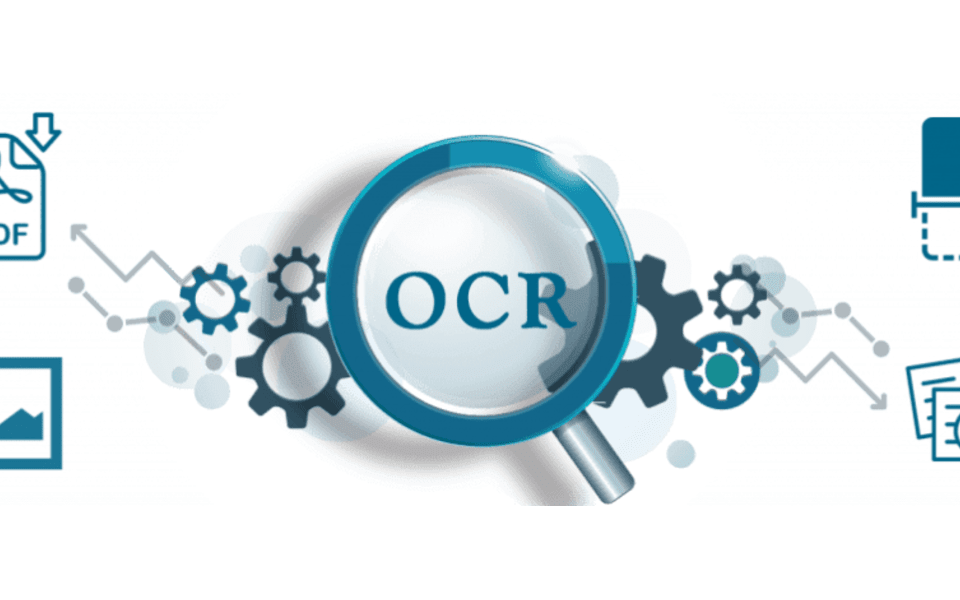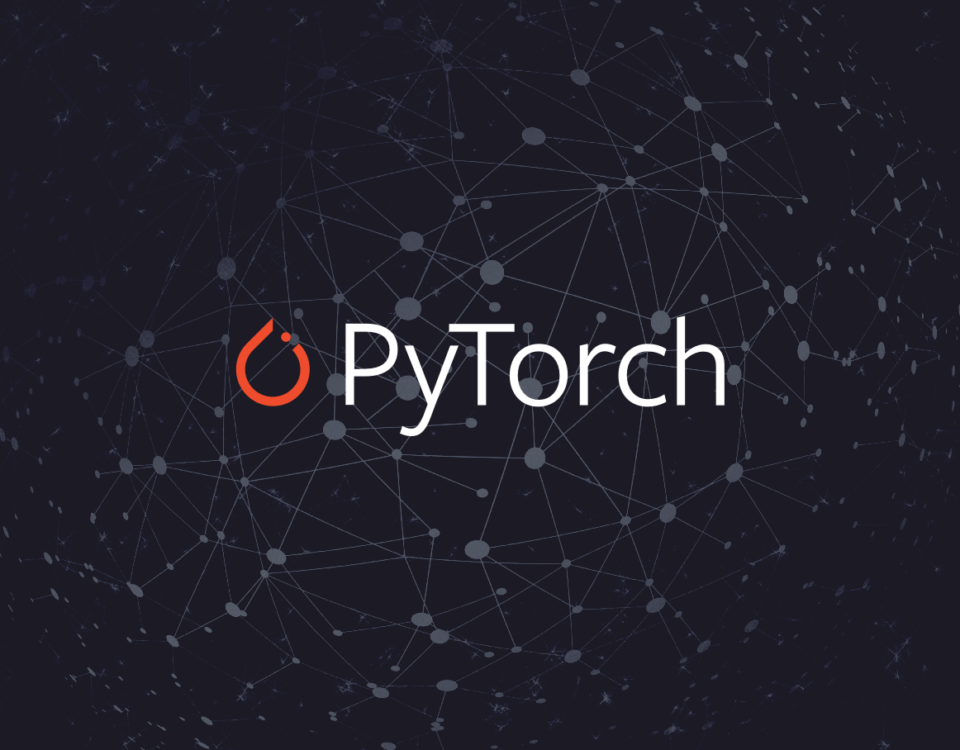Gradient Boosting in Machine Learning

Java MapReduce
28th January 2020
NoSQL Database
30th January 2020Human beings have created a lot of automated systems with the help of Machine Learning. But, there is a lot of scope for improving the automated machines by enhancing their performance. This upgrading of machines is possible with the help of boosting. So, before learning gradient boosting technique lets understand about boosting.
What is Boosting?
Boosting is a technique to combine weak learners and convert them into strong ones with the help of Machine Learning algorithms. It uses ensemble learning to boost the accuracy of a model. Ensemble learning is a technique to improve the accuracy of Machine Learning models. There are two types of ensemble learning:
1. Sequential Ensemble Learning
It is a boosting technique where the outputs from individual weak learners associate sequentially during the training phase. The performance of the model is boosted by assigning higher weights to the samples that are incorrectly classified. AdaBoost algorithm is an example of sequential learning that we will learn later in this blog.

2. Parallel Ensemble Learning
It is a bagging technique where the outputs from the weak learners are generated parallelly. It reduces errors by averaging the outputs from all weak learners. The random forest algorithm is an example of parallel ensemble learning.

Gradient Boosting
In Machine Learning, we use gradient boosting to solve classification and regression problems. It is a sequential ensemble learning technique where the performance of the model improves over iterations. This method creates the model in a stage-wise fashion. It infers the model by enabling the optimization of an absolute differentiable loss function. As we add each weak learner, a new model is created that gives a more precise estimation of the response variable.
The gradient boosting algorithm requires the below components to function:
- Loss function: To reduce errors in prediction, we need to optimize the loss function. Unlike in AdaBoost, the incorrect result is not given a higher weightage in gradient boosting. It tries to reduce the loss function by averaging the outputs from weak learners.
- Weak learner: In gradient boosting, we require weak learners to make predictions. To get real values as output, we use regression trees. To get the most suitable split point, we create trees in a greedy manner, due to this the model overfits the dataset.
- Additive model: In gradient boosting, we try to reduce the loss by adding decision trees. Also, we can minimize the error rate by cutting down the parameters. So, in this case, we design the model in such a way that the addition of a tree does not change the existing tree.






